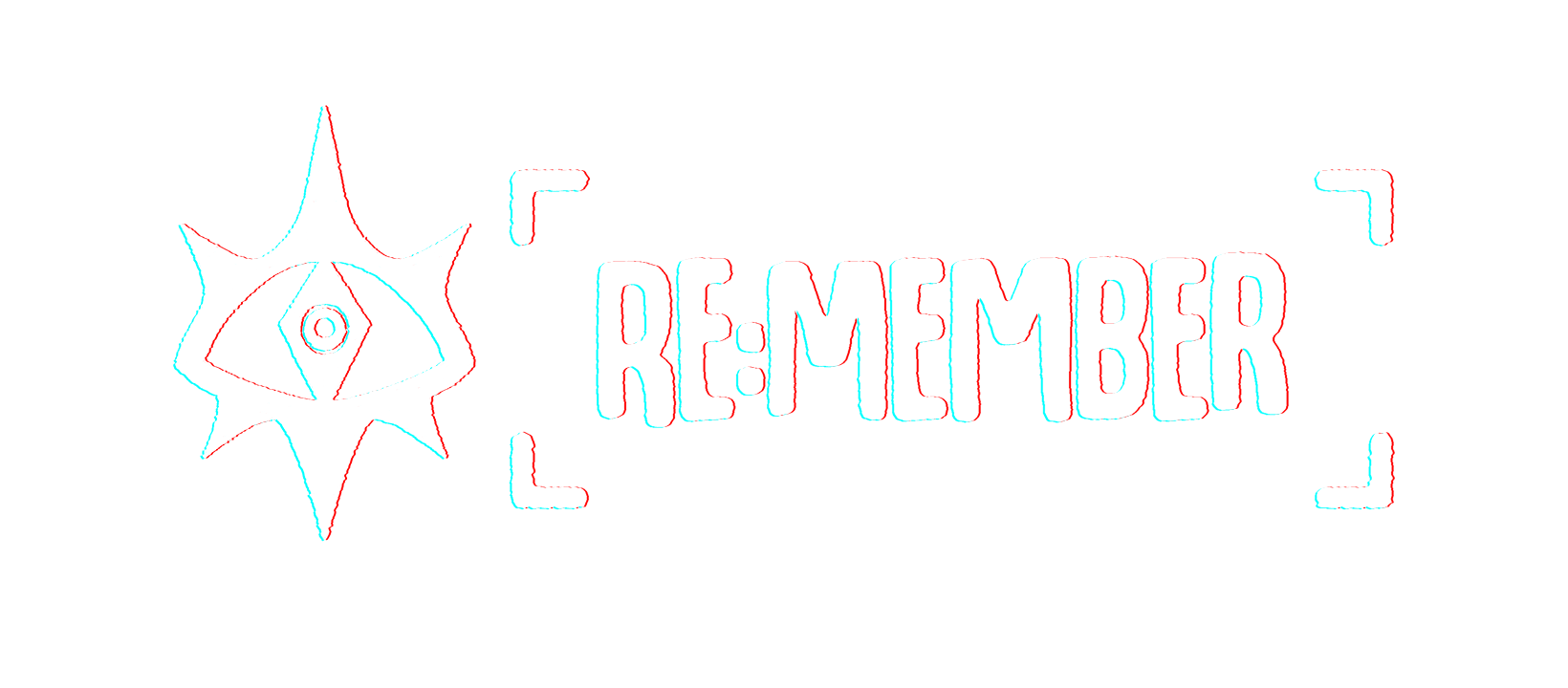When you think of Obsessive Compulsive Disorder (OCD), I bet the first thing that comes to your mind is the notion of being obsessively clean… and there’s a reason why.
Media representations have an effect on the reality of those who it portrays, and how the public perceives them. Television shows and films can depict minorities in a negative and positive light, which then affects their general level of acceptance and diversity attitudes in society (Żerebecki, et al., 2021). The viewers’ media choices can also be determined by their social identity, values, and beliefs which could further reinforce their preexisting attitudes and biases regarding a minority group. There are media theories that help explain this phenomenon: Cultivation theory and Framing theory.
MEDIA THEORIES
Cultivation Theory
Cultivation theory is a communications and sociological framework that posits that long-term exposure to media shapes how consumers perceive the world and conduct themselves in life (Nabi & Riddle, 2008). Because of this, viewers align with common and recurring messages and representations depicted in media, inevitably leading to a misperception of reality.
This theory can be applied to media portrayals of OCD. When characters with OCD are depicted in TV shows and films, these portrayals can shape viewers’ understanding of the disorder. If the portrayals are accurate and nuanced, they can help raise awareness and understanding. However, if they are stereotypical or sensationalized, they can contribute to misunderstandings and stigma.
Framing Theory
Framing theory can further bridge this understanding by explaining how media not only affects what people think about but also how they think about it. It suggests that the way information is presented (the “frame”) influences the perception and interpretation of that information (Güran, Özarslan, 2022). Thus, the framing of OCD in media can either perpetuate stereotypes or promote a more nuanced understanding, depending on how the disorder is depicted and contextualized within media narratives.
OCD PORTRAYALS IN ENTERTAINMENT MEDIA
With that said, there’s little diverse representation of OCD in entertainment media. The portrayal of OCD particularly in television often builds upon stereotypes, which results in a generalized stigma towards the disorder. Scenes depicting characters with OCD are mostly patterned on stereotypes, more specifically focusing on excessive cleanliness and organization. (Denton, 2020). There is also an underrepresentation of the “obsession” part of OCD. The representations lacked a proper explanation as to why the focal characters behave the way they do.
Denton (2020) emphasizes on a gender disparity in these representations. Male characters with OCD tend to be depicted as being able to manage their conditions and symptoms more effectively, some to the point of utilizing their condition for professional success. Conversely, female characters with OCD are often depicted as overwhelmed and dependent on male characters for support. This divide misrepresents the experiences of those diagnosed with OCD, but also emphasizes the presence of gender stereotypes.

Currently, there are several forms of mainstream entertainment media that depict characters who exhibit OCD tendencies that fall under specific subtypes: Contamination OCD (Levi Ackerman from Attack on Titan and Sheldon Cooper from Young Sheldon), Magical Thinking OCD (Bruno Madrigal from Encanto and Guido Mista from Jojo’s Bizarre Adventure Part 5: Golden Wind), Scrupulous OCD (Chidi Anagonye and Doug Forcett from The Good Place), and Sexual OCD (Yoshikage Kira from Jojo’s Bizarre Adventure Part 4: Diamond is Unbreakable). These portrayals are not perfect and such tendencies may manifest differently in real life, but it is a good starting point to open up discussions about OCD and break the stigma and stereotypes that surround the disorder.
REFERENCES
Denton, K. M. (2020). Quirky or Crazy: The Presentation of Obsessive-Compulsive Disorder and Symptoms in Early 21st Century American Television Shows [MA thesis, Indiana University of Pennsylvania]. https://www.proquest.com/openview/10ea402ba03cb65168a71d72cc40d5fd/1.pdf?pq-origsite=gscholar&cbl=18750&diss=y
Güran, S., Özarslan, H. (2022) Framing Theory in the Age of Social Media. In Selçuk Üniversitesi Sosyal Bilimler Enstitüsü Dergisi (Vol. 48, pp. 446–457). https://doi.org/10.52642/susbed.1142562
Żerebecki B.G., Opree S.J., Hofhuis J., & Janssen S. (2021) Can TV shows promote acceptance of sexual and ethnic minorities? A literature review of television effects on diversity attitudes. Sociology Compass. https://doi.org/10.1111/soc4.12906








